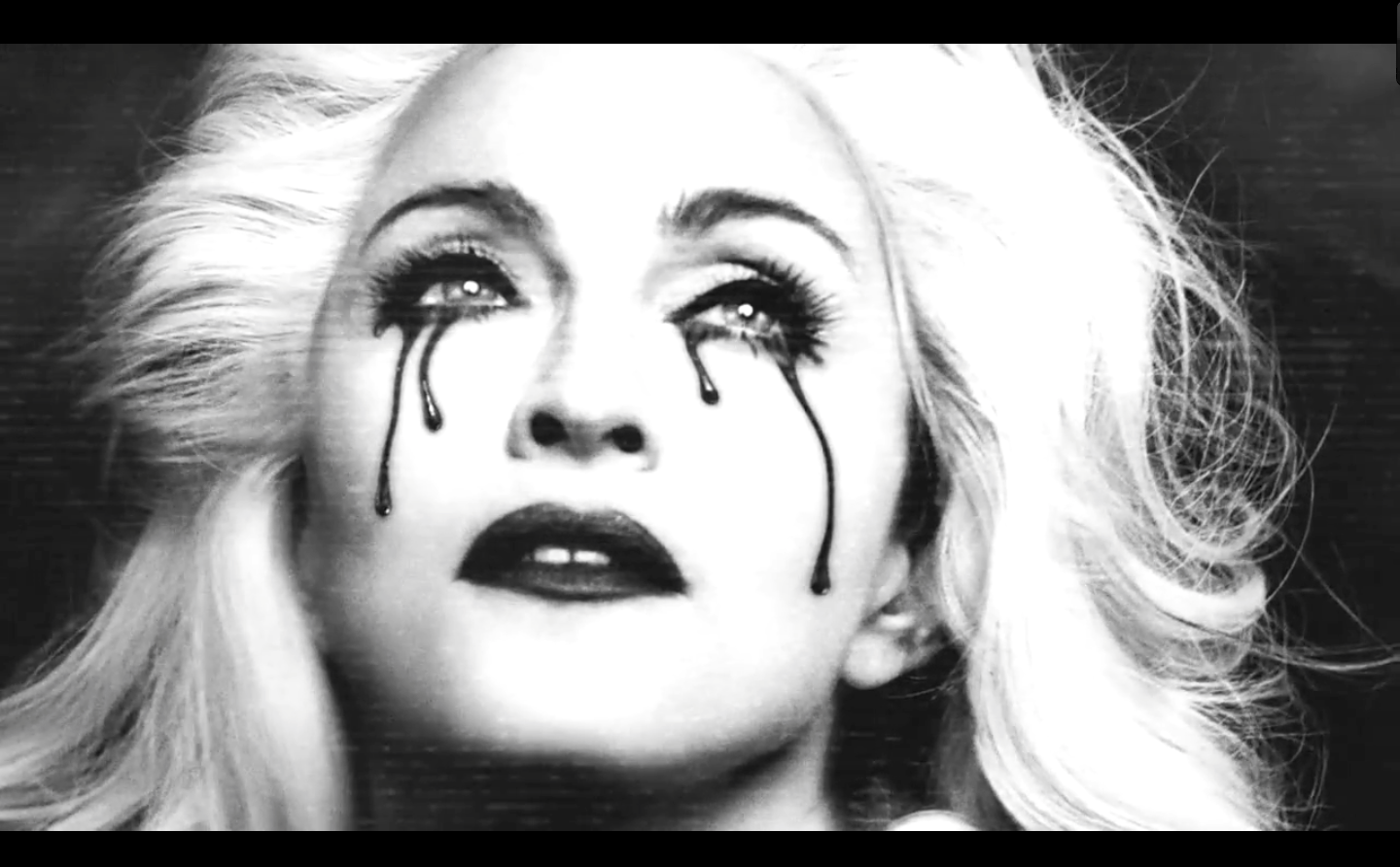Never Knew love Like this Before: Signifyin(g) the Invisibility of Black Death in the 1980s Ballroom Culture
Pubblicato 2020-12-04
Come citare
Abstract
Ryan Murphy’s TV series Pose takes the 1980s ballroom culture of NYC centerstage and shows how it turns the obsession of those years for style and fashion into a culture of excess and extravaganza to love and live by. Ideas of beauty and realness are re-worked and exploded, only to become as elusive as the subjects to which they are applied. In the tension between the fear generated by the AIDS epidemic, and a sheer lust for life, the ballroom provides mild consolation and only temporary solace. Assimilating and replicating, in its own terms, the consumeristic logic and the competitive antagonism that regulate the mainstream, the ballroom ultimately borrows from that ugly outside the same discriminatory principles used to annihilate the always unworthy black body.
Focusing on the narrative structure that exasperates the tragic register to a point of absurd comedy in "Never Knew Love Like This Before" (S2E4), this article looks into transwoman Candy’s death and funeral as a way to question the naà¯ve idea of the ballroom as a safe space for the black queer subject. In so doing, it posits that the phantoms of – both physical and social – death and racial/sexual prejudice, that seemingly provide just the historical contours to the show, instead fully permeate the ballroom culture and locate the sense of permanent loss inside the very place that was supposed to be a haven. Candy’s death indeed proves that, despite the alleged existence of a safety net for "those of her kind", the terms of its inclusion had severe limits, the most relevant being the replication of white capitalistic and misogynoirist paradigms of evaluation exasperated by – and hidden behind – the glitters and flamboyance of black queer irreverence. No matter how hard she tries, in fact, Candy is never deemed worthy to be seen by her peers, and it is this denied recognition that will bring her to death.
Riferimenti bibliografici
- Alexander, Michelle. 2010. The New Jim Crow: Mass Incarceration in The Age of Colorblindness. New York and London: The New Press.
- Bailey, Marlon M. 2013. Butch Queens Up in Pumps: Gender, Performance, and Ballroom Culture in Detroit. Ann Arbor: The University of Michigan Press.
- Bailey, Moya. 2010. "They Aren't Talking about Me"¦" The Crunk Feminist Collective. March 14, 2010. Accessed October 19, 2020. http://www.crunkfeministcollective. com/2010/03/14/they-arent-talking-about-me/.
- Bailey, Moya & Trudy. 2018. "On Misogynoir: Citation, Erasure, and Plagiarism," Feminist Media Studies 18, n.4 (March): 762-768.
- Browning, Barbara. 1998. Infectious Rhythm: Metaphor of Contagion and Spread of African Culture. New York: Routledge.
- Douglas, Kelly Brown. 2012. Black Bodies and The Black Church: A Blues Slant. New York: Palgrave MacMillan
- Fanon, Franz. [1986] 2008. Black Skin, White Masks: Get Political. London: Pluto Press.
- Freeman, Elisabeth. 2019. Beside You in Time: Sense Methods and Queer Sociabilities in the American 19th Century. Durham and London: Duke University Press.
- Gates, Henry Louis. [1988] 2014. The Signifying Monkey: A Theory of Africa American Literary Criticism. Oxford and New York: Oxford University Press.
- Hurston, Zora Neale. [1937] 2003. Their Eyes Were Watching God. New York: Harper Perennial.
- Johnson, E. Patrick. 1995. "Snap! Culture "“ A Different Kind of Reading." Text and Performance Quarterly 15, n.2. (June): 122-142.
- Kaplan, Sara Clarke. 2007. "Souls at the Crossroads, African on the Waters: The Politics of Diasporic Melancholia." Callaloo 30, n. 2 (Spring): 511-526.
- Munoz, José Esteban 2009. Cruising Utopias: The Then and There of Queer Futurity. New York and London: New York University Press.
- Patterson, Orlando. 1982. Slavery and Social Death: A Comparative Study. Cambridge and London: Harvard University Press.
- Pugliese, Joseph. 2013. State Violence and Execution of Law: Biopolitical Ceasure of Torture, Black Sites, Drones. New York: Routledge.
- Roach, Joseph. 1996. Cities of the Dead: Circum-Atlantic Performance. New York: Columbia University Press.
- Sexton, Jared. 2011. "The Social Life of Social Death: On Afro-Pessimism and Black Optimism," InTensions 5 (Fall/Winter): 1-47.
- Spillers, Hortense. 1987. "Mama's Baby, Papa's Maybe: An American Grammar Book." Diacritics 17, n.2 (Summer): 64-81.
- Wilderston III, Frank B. 2010 Red, White, and Black: Cinema and the Structure of US Antagonism. Durham: Duke University Press.

